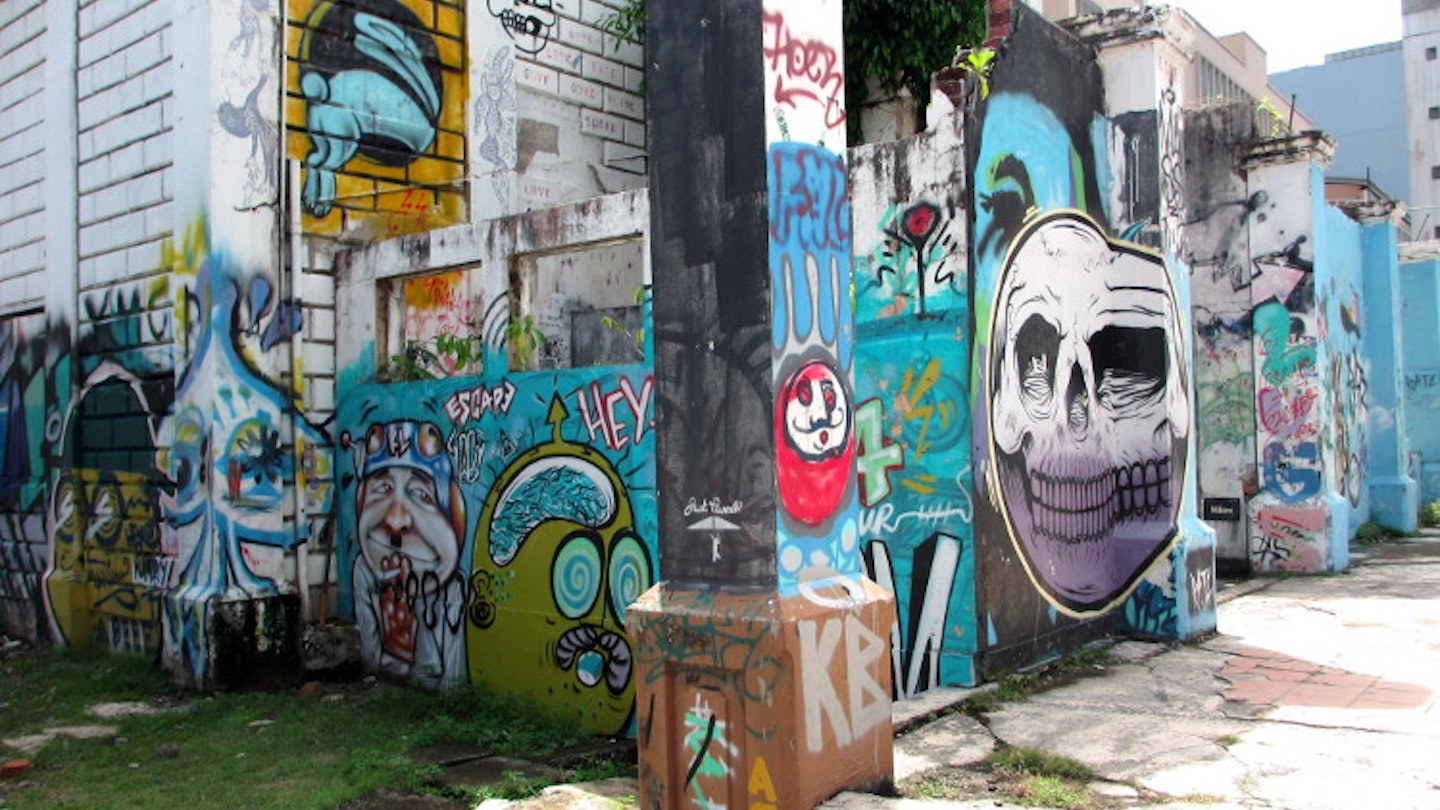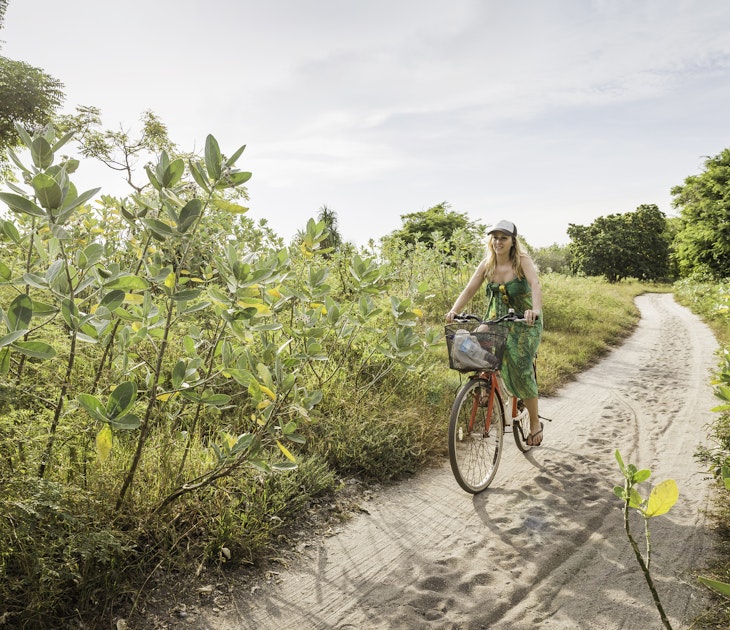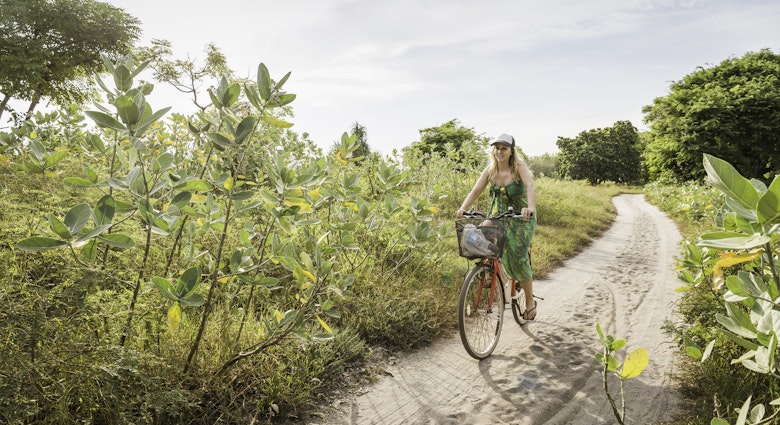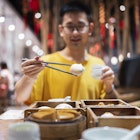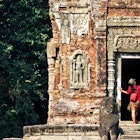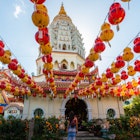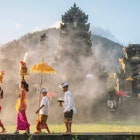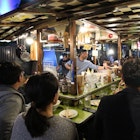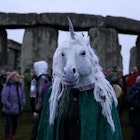Often just a transit stop for travellers headed to the wild jungles and pristine coral reefs of eastern Sabah, Kota Kinabalu offers much to those who decide to stay on – from fantastic seafood to tropical island-hopping, orangutan encounters to a steam train ride into a bygone era.
Just a short hop from Kuala Lumpur, and a mere 40-minute flight from Brunei, Kota Kinabalu (KK) also makes a great case for tying in a stopover within a stopover if you've already visited Southeast Asia's major flight hubs and are keen to break up a long international flight in a new destination. Read on for seven great ways to make the most of it.

Soak up the city sights
One of Malaysia’s fastest-growing cities, sprawling Kota Kinabalu is no longer easy to picture as a British colonial trading post. But with just three buildings surviving the 1945 Allied bombings (including the Atkinson Clock Tower, the post office-turned Sabah Tourism Board headquarters, and a welfare office, which, after being razed by fire in 2002, has become an unofficial street art gallery), one can hardly blame it. But while business booms in KK’s office blocks, day-to-day life thrives at street level much as it always has.
By the waterfront, KK’s Central Market is a feast for the eyes, if not the stomach. Hawking everything from exotic tropical fruits to prawns the size of small lobsters, this wet and dry market is open all day, every day, and makes for great photo opportunities. Wander south, and you’ll hit the colourful Handicrafts Market – perhaps the best place in Sabah to pick up inexpensive textiles, pearls and other souvenirs.
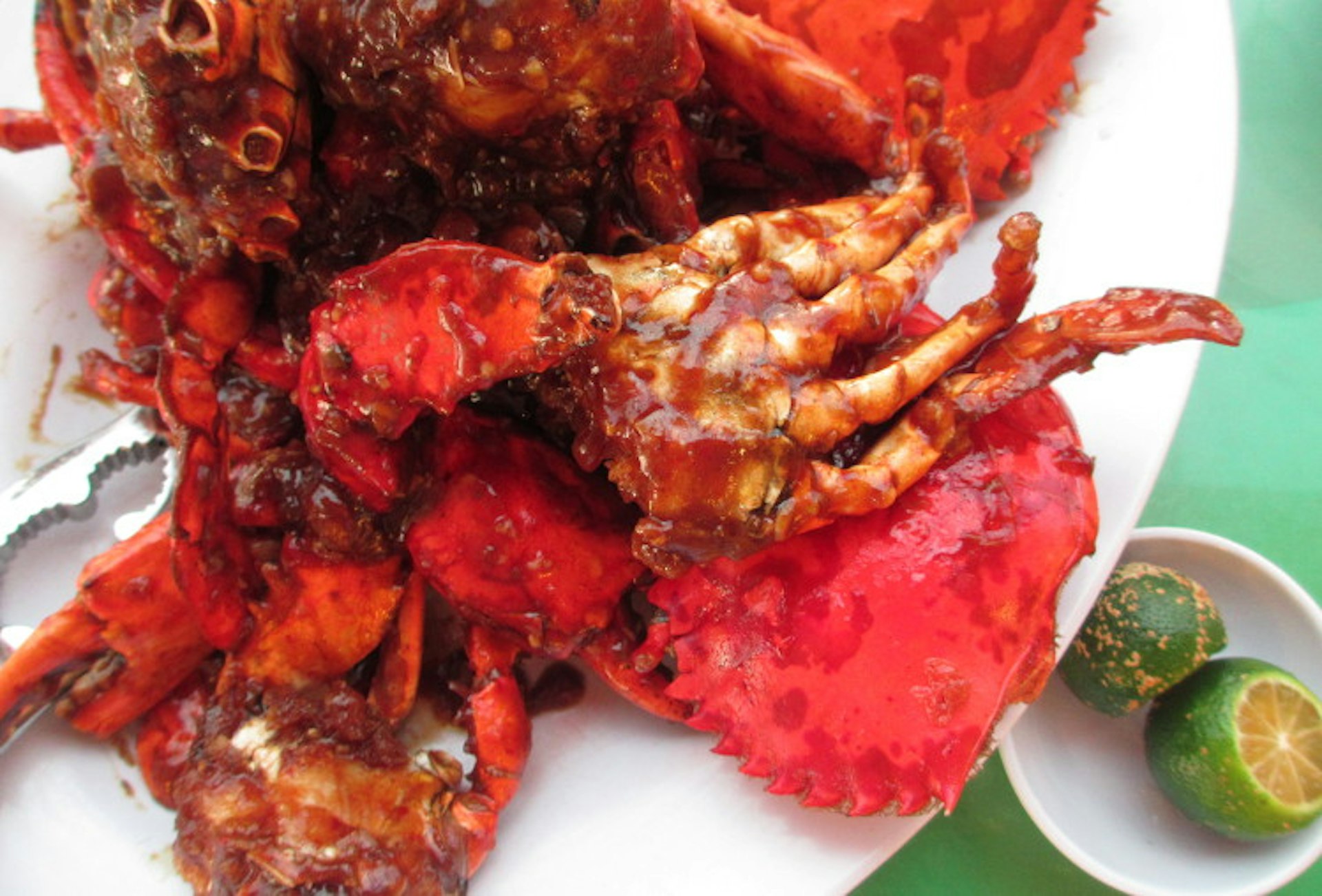
Eat, eat, and eat some more
KK’s rich ethnic makeup has birthed one of the most diverse culinary scenes in Southeast Asia. Unsurprisingly, seafood is king here. Head to Welcome Seafood Restaurant (wsr.com.my) for one of the freshest, most affordable seafood feasts in town – simply point to what you want in the tanks and indicate your cooking style (hint: try the curry crab) and it’ll be on your table in minutes. Worth forking out a little more for is a meal at Alu-Alu Café. Don’t be fooled by its modest surroundings; here, seafood sourced from Borneo Eco-Fish, an organisation dedicated to harvesting and distributing seafood from sustainable sources, is prepared with modern Chinese-style finesse.
From Indian to Italian, you can find it all in KK. But if it’s hawker food you’re after, head to the city’s famed Night Market to take a culinary tour of Malaysia, or jump in a taxi to Lido Square, a newer, more local food market in the suburb of Penampang where you can feast on everything from mouthwatering gou tie (pork dumplings) to the perfect Kuching laksa for next to nothing.
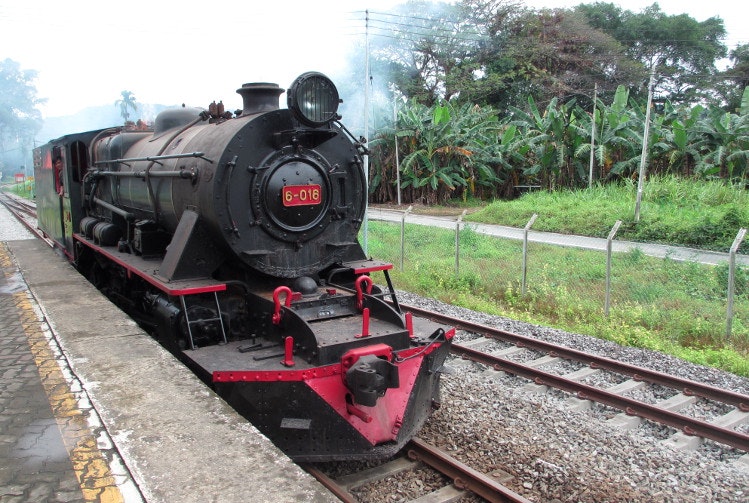
Ride the North Borneo Railway
Built in 1896 to transport tobacco from Sabah’s interior to the coast for export, Borneo’s first (and still only) railway was all but destroyed during World War II. In 2011, the North Borneo Railway finally reopened, complete with a retrofitted locomotive offering tourists the chance to experience its most scenic section, turn-of-the-century-style. Leaving from Tanjung Aru, just south of KK, the iron horse chugs past lush paddy fields and traditional stilt villages before arriving in the town of Papar. The four-hour round trip includes breakfast, a smashing tiffin lunch, and stops at Kinarut, with its serene Chinese temple, and Papar, which has a colourful produce market worth checking out. Tours depart on Wednesdays and Saturdays, but be sure to check ahead if the train running; the old girl is temperamental.
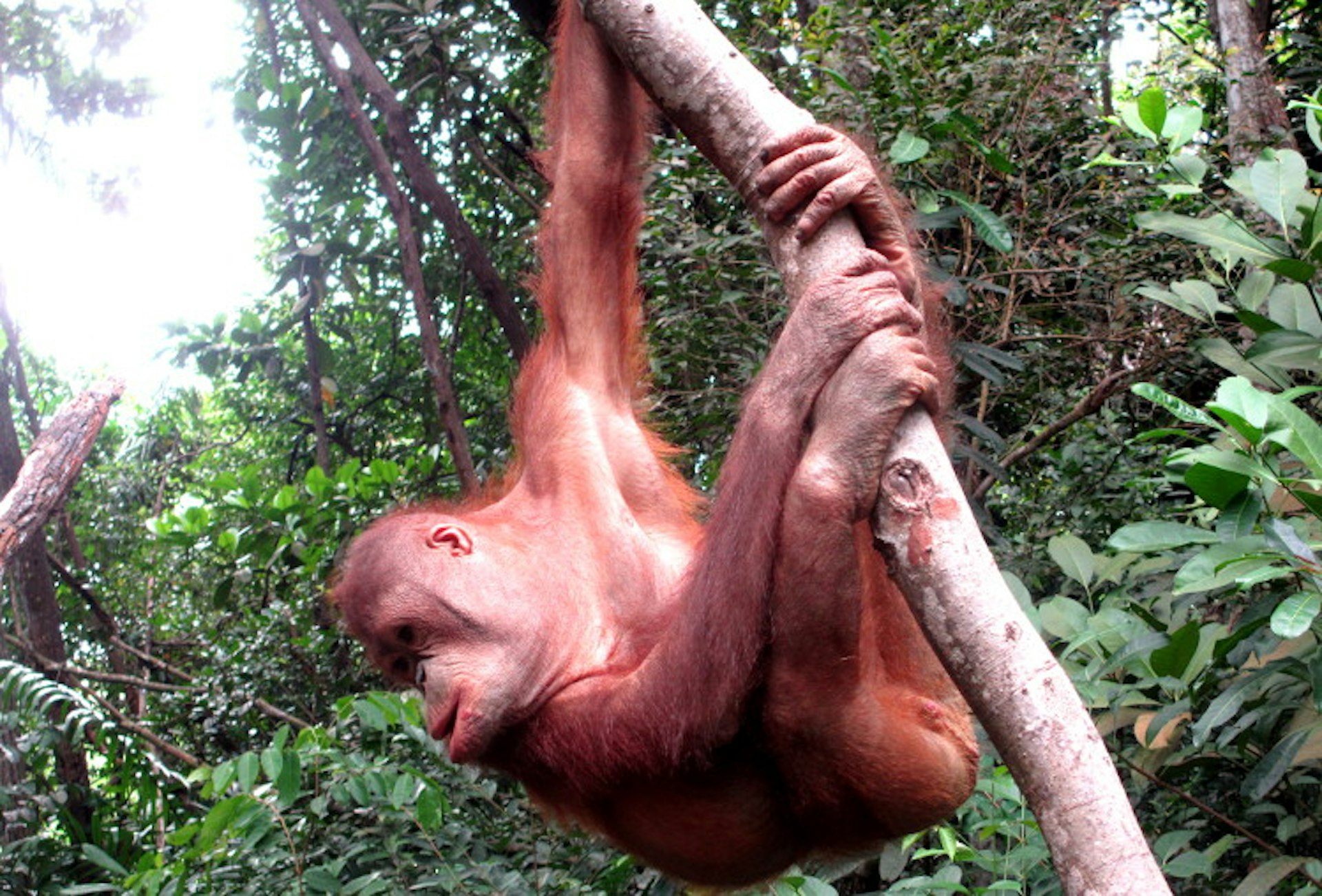
Hang with orangutans
Located in northeast Sabah, the Sepilok Orangutan Rehabilitation Centre is still the best place in Borneo to get up close to island’s critically endangered orangutans. But for those who don’t have time to head out east, it’s possible to admire these gentle creatures in their natural habitat just outside KK. Set up with support from the Sabah Wildlife Department, the Shangri-La Rasa Ria owns a 64-acre nature reserve backing on to the hotel that acts as a halfway house for orphaned orangutans until they are ready to integrate with their brethren at Sepilok. Twice-daily viewing sessions are available, where for one hour visitors can observe the orangutans (on Lonely Planet’s recent visit, there were two mischievous young males in residence) feeding and playing.

Island-hop along Sabah’s west coast
When it comes to diving in Sabah, there’s no contest against the legendary Pulau Sipadan, in the state’s southeast. But while Sabah’s west coast waters can’t compete with the marine diversity of the Coral Triangle, the handful of jungly humps that comprise Tunku Abdul Rahman National Park, just a 15-20min boat ride from KK, are perfect for day-tripping. With a nice beach, decent – if not great – snorkelling, and enormous resident monitor lizards, Pulau Sapi is the best option for those looking for some fun in the sun. Connected by a zip-line, Palau Gaya has a lovely beach fronting the luxury Bunga Raya Island Resort & Spa, but is more easily visited as a guest of the hotel, or its sister-property on the other side of the island, Gayana Eco Resort. Famed for its on-site Marine Ecology Research Centre (merc-gayana.com), Gayana has had award-winning success propagating Sabah’s near-extinct giant clams.
Also day trip-able, but better as an overnighter, is Pulau Tiga, accessed from Kuala Penyu, about two hours’ drive south of the capital. Better known as Survivor Island – the first series of the long-running reality show was shot here – this ready-made adventure isle comes with its own mud volcano, and good snorkelling. Arguably even more idyllic are the Mantananis – three isolated islands off Kota Belud, about an hour’s drive north from KK. Simply check in to a stilt chalet at the Mari Mari Backpacker’s Lodge on Pulau Manatani Besar and live out your own castaway fantasy.

Smell the mountain air in Kinabalu National Park
Roughly 40,000 people attempt to scale the 4,095m summit of Malaysia’s highest mountain every year, but you don’t have to commit to climbing Mt Kinabalu (best done over three days to acclimatise) to appreciate Sabah’s first World Heritage Site. In a full day tour from KK, it’s possible to take in the botanical gardens nature trail at the mountain’s base (a must for orchid-lovers) take a dip at Poring Hot Springs, and stop at a popular viewpoint to take the perfect picture of the formidable peak – should the clouds part for long enough. Six clicks east of the park headquarters, the moving Kundasang War Memorial, which commemorates the 2,345 Australian and British soldiers who died during the WWII Sandakan Death Marches, is a worthy pit stop. A mere six men survived the horrific ordeal, and only because they escaped.
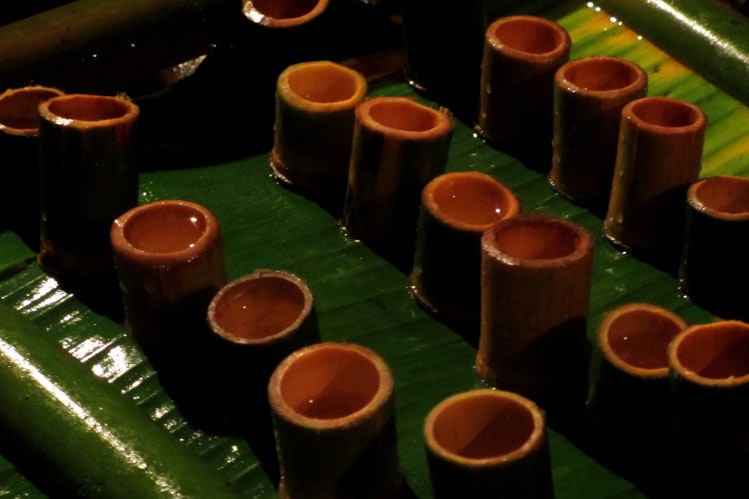
Get a taste of tribal life
With many of Sabah’s indigenous communities having long since adapted to modern living, you’re not likely to see anyone living in a loghouse beyond the state’s most remote corners (and even then it would probably have a satellite dish and air-con). Rather than portraying traditional cultures, Mari Mari Cultural Village offers a fascinating (if mildly corny) insight into traditional tribal life via a tour of traditional dwellings of the Bajau, Lundayeh, Murut, Rungus and Dusun tribes. The hands-on guided tour (opt for the 6pm slot, when the low light makes the experience feel more authentic) includes a chance to sample delicacies from each ethnic group (such as rice wine), and test your hunting skills with a traditional blowpipe. Set in a lush, jungle setting about 30 minutes from KK, it’s great for families.
Want more?
Diving, white-water rafting, jungle trekking, and river cruises are also possible from KK. For more information, check out the Sabah Tourism website (sabahtourism.com).
Lonely Planet Destination Editor Sarah Reid travelled to Sabah with support from the Sabah Tourism Board and Royal Brunei Airlines (flyroyalbrunei.com). Lonely Planet contributors do not accept freebies for positive coverage.

